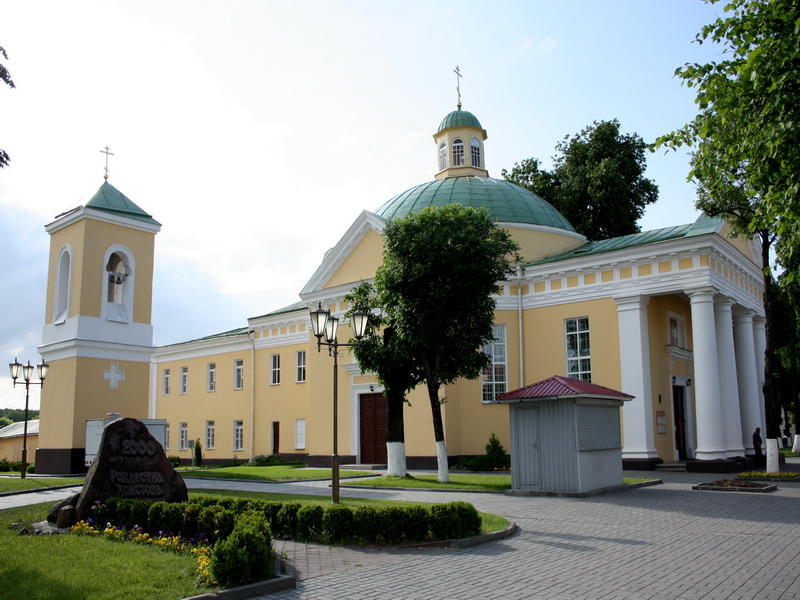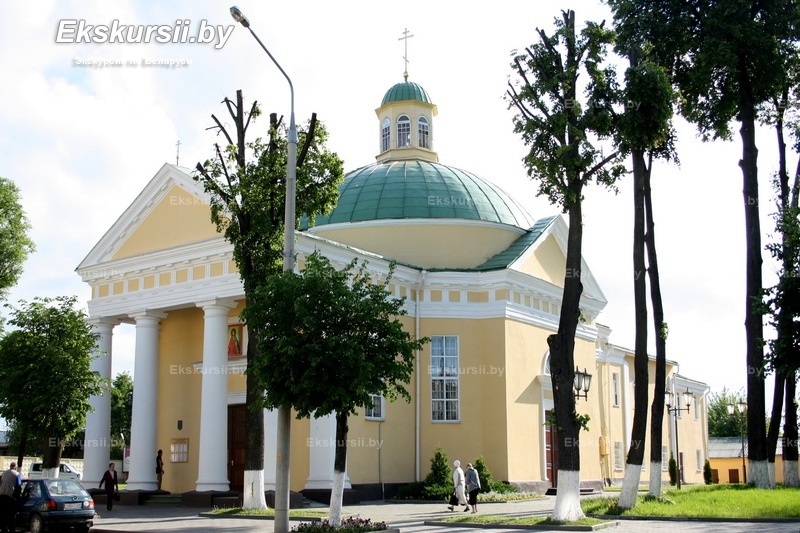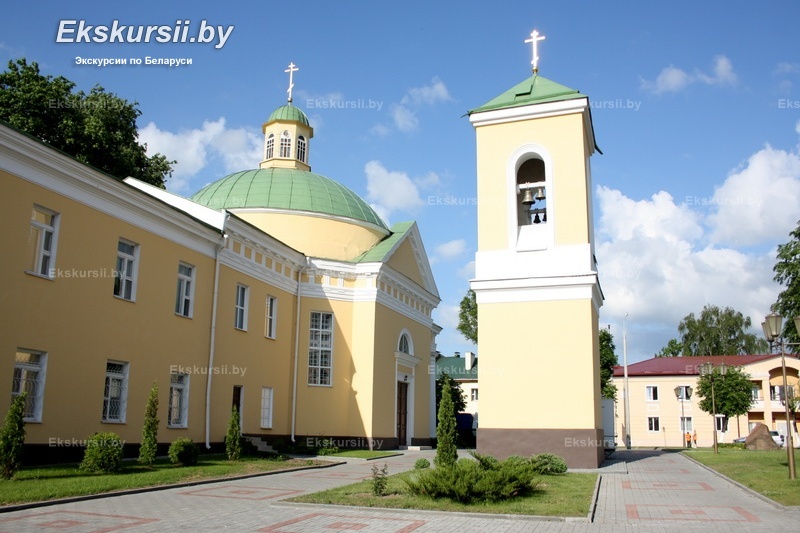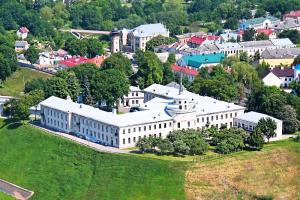History
The history of this site dates back to the 18th century . Initially, there was a wooden church here, which was dismantled in 1818 to expand the Catholic Piarist monastery. By 1825, the Church of St. Joseph was built on this site, partially funded by Russian Emperor Paul I. However, in 1842, a fire destroyed much of the monastery complex. Two decades later, in 1863, a brick church was erected on its ruins under the Orthodox Church.
In the 20th century, the building underwent multiple transformations: it was closed, transferred to Catholics, used as a residential building, museum, and later a planetarium. Only in 1996 did the cathedral return to its religious function, becoming an active Orthodox church and receiving the status of a cathedral.
Architecture
The building is a monumental structure in the style of late classicism, with a distinctive domed design. The rotunda with a colonnade, reminiscent of the Roman Pantheon, is crowned with an octagonal lantern. The dominant decorative motif on the façades is the Doric order, giving the building a solemn and stately appearance. Nearby are a single-tiered bell tower and the preserved former monastery building, which was transformed into a noblemen’s school in the 19th century.
Excursions
The Cathedral of St. Michael can be included in an individual tour from Minsk to Lida, which we will gladly tailor to your specific interests. The route is highly flexible and can be enhanced with other key locations in the city — such as the Lida Castle, evoking the atmosphere of the Middle Ages, and the Museum of the Lida Brewery, where you’ll discover the story of one of Belarus’s oldest brewing enterprises. This format offers a fascinating and well-rounded journey combining spiritual, historical, and gastronomic experiences.














